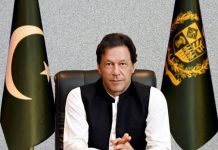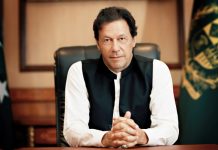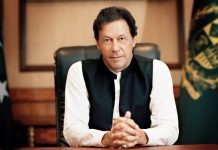ISLAMABAD: As many as 38 pe
rcent women in the rural areas are unpaid, it was revealed in a report titled “Domestic Resource Mobilization in Pakistan: Exploring Avenues for Financing Girls’ Education”, launched on Wednesday by Institute of Social and Policy Sciences (I-SAPS) with the cooperation of Oxfam.
Assessing the monthl
y income comparison of men and women, it was said in the report that there are 34,150 professional male workers as compared to 12,667 f
emale professionals in the country while 1,121 f
emale associate or technical workers compete with 24,592 such workers. Similarly, as per report, the number of male clerks are 18,988 contests 12,570 f
emale clerks. Similarly the estimated group of 12,454 sales persons competes with 4,030 f
emale sales workers at various variety shops. Beside these professions, the report also included other passions like craft, trade, workers, plant and machine and elementary occupations. The gender parity in the education budgets was also included in the compiled report. To assess the gender parity in education budgets of Punjab, district Bhakkar was made part of the assessment. Boy’s education in the district was 53 pe
rcent while girls’ education stood on 42 pe
rcent and the ratio of neutrality remained at 5 percent. The overall Gender Disparity Issue (GPI) in the Bhakkar was on 67 pe
rcent while it stands on 91 pe
rcent in Punjab as a whole. In entire Punjab boys education ratio was 36 as compare to 33 of girls and the neutrality rate stands at 31 percent.
To assess the GPI
in Sindh, a couple of districts, such as Larkana and Kambar made part of the strategy. Boy’s education in Larkana was 63 pe
rcent while girls’ education stood on 25 pe
rcent and the ratio of neutrality remained at 12 percent. Overall GPI rate in the district is at 70 percent.
In district Kambar, boy’s education was 70 pe
rcent while girls’ education stood on 21 pe
rcent and the ratio of neutrality remained at 9 percent. Overall GPI rate in the district is at 63 percent. The overall GPI ratio in the Sindh was at 65.
In Punjab total Rs 2077 are being spent for 1674 girls’ education per month while the same total amount figure is being spent for 16,500 boys’ education per month expenditures. In the Sindh total Rs 32,023 are being spent for 15,792 girls’ education per month while the same total amount figure is being spent for 28,526 boys’ education per month expenditures.
Senator Mohsin Khan Leghari said that without domestic resource mobilization, especially equitable system of taxation, the federal and provincial governments are failing to respond to the growing needs of important public services such as education and health care. He added that the country at the moment is facing a serious challenge with approximately 24 million out-of-school children of whom majority are girls, huge backlog on provision
of missing facilities in schools, and declining quality of education.
I-SAPS Executive Director Salman Humayun said that Pakistan’s resource base is quite narrow with only 0.3 pe
rcent of the population paying income tax. “Out of around 7 million eligible taxpayers, only half a million are taxpayers,” he said, offering an example that Pakistan’s agriculture sector employs around 45 pe
rcent of the total workforce with a share of 22 pe
rcent in GDP but contributes only 1.2














